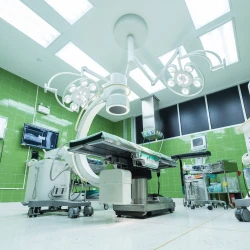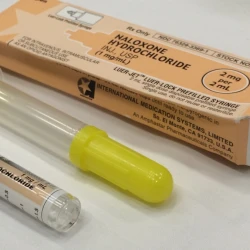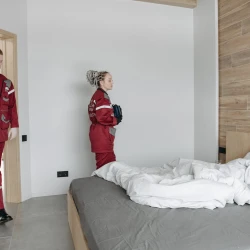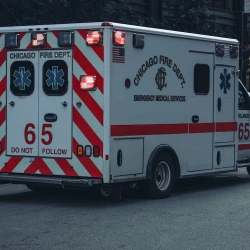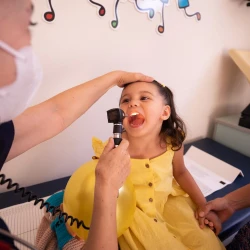Naloxone, commonly known by its brand name Narcan, is a medication that can reverse the effects of an opioid overdose. As opioid-related deaths continue to rise, naloxone has become a cornerstone in harm reduction strategies, saving countless lives.
What is Naloxone?
Naloxone is an opioid antagonist. In simpler terms, it works by binding to opioid receptors in the brain, displacing opioids like heroin, morphine, or fentanyl, and reversing their effects. While naloxone itself has minimal effects on someone who is not experiencing an opioid overdose, it can be a lifesaver for someone who is.
How Does Naloxone Work?
Pharmacodynamics
Opioids work by binding to specific receptors in the brain and central nervous system, reducing the perception of pain but also depressing respiratory function. In an overdose, this respiratory depression can be fatal.
Naloxone competes with these opioids for receptor sites, effectively bumping them off and reversing their effects. This helps to restore normal breathing and consciousness but can also trigger withdrawal symptoms.
Routes of Administration
Naloxone can be administered through several routes:
-
Intramuscular Injection: The most commonly used method, often through a pre-loaded device.
-
Intranasal Spray: A formulation that can be sprayed into the nose.
-
Intravenous Injection: Used in medical settings, providing the quickest onset of action.
Effectiveness and Limitations
Naloxone is not 100% effective for all opioid overdoses, particularly those involving highly potent synthetic opioids like fentanyl. It also doesn't last as long in the body as most opioids do, which means a patient can go back into overdose once it wears off. Therefore, it is crucial to seek medical attention even after administering naloxone.
Public Access and Policy
Given its efficacy and minimal side effects, policies are being put in place to make naloxone more readily accessible:
-
Over-the-Counter Availability: Many states now allow pharmacies to dispense naloxone without a prescription.
-
First Responder Use: Increasingly, law enforcement and emergency medical personnel carry naloxone.
-
Community Distribution: Some organizations distribute naloxone kits to those at risk of overdose or their friends and family.
Conclusion
Naloxone has emerged as a critical tool in combating the rising tide of opioid overdoses. Its ability to reverse the life-threatening effects of opioids has made it a standard component of harm reduction strategies. However, naloxone is not a substitute for comprehensive addiction treatment and should be part of broader public health initiatives.
